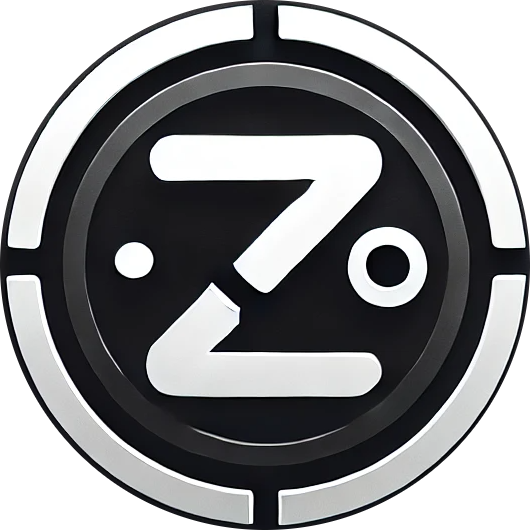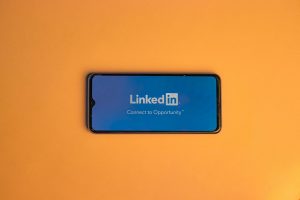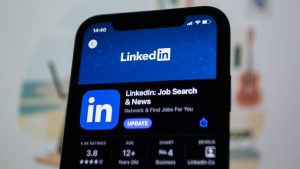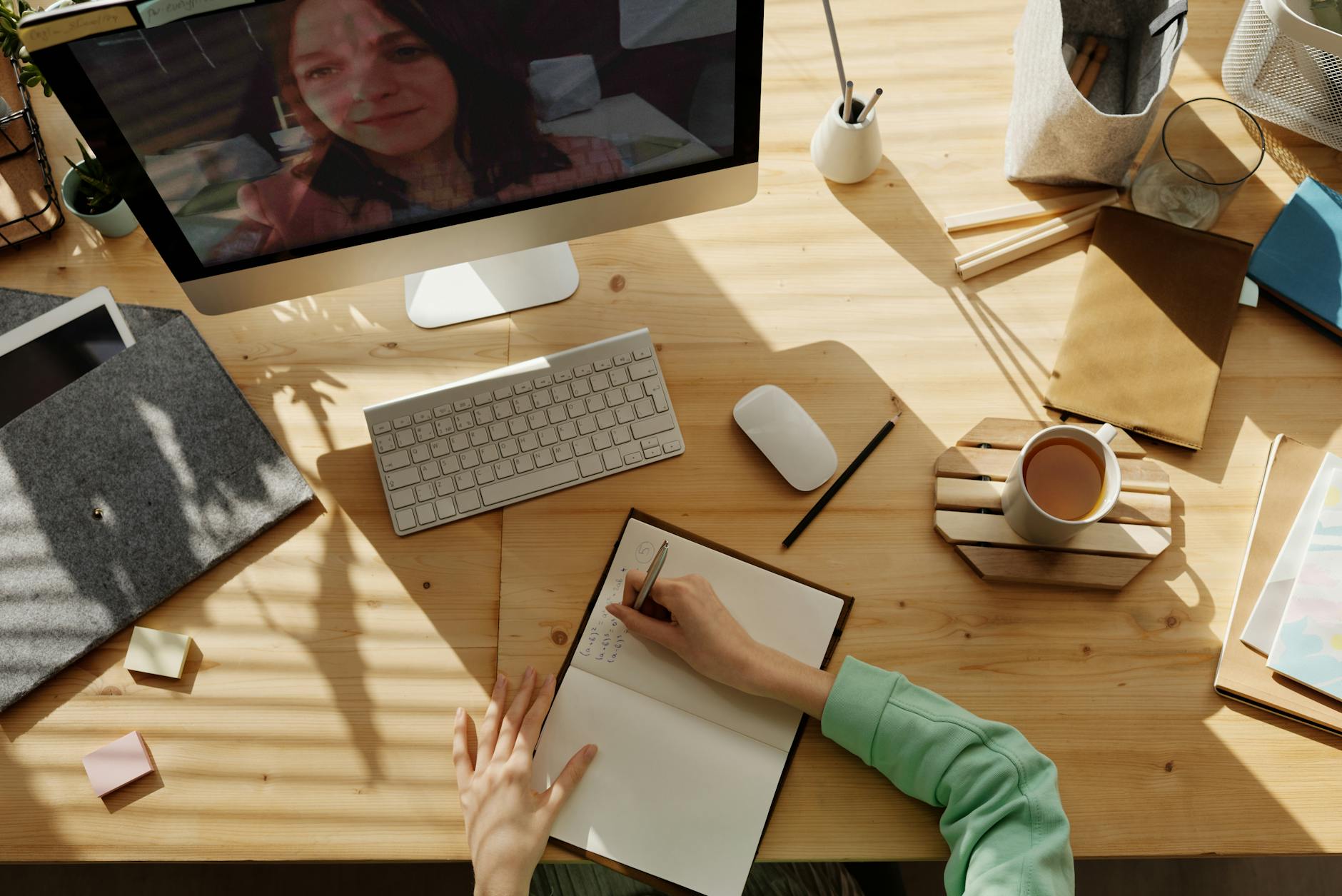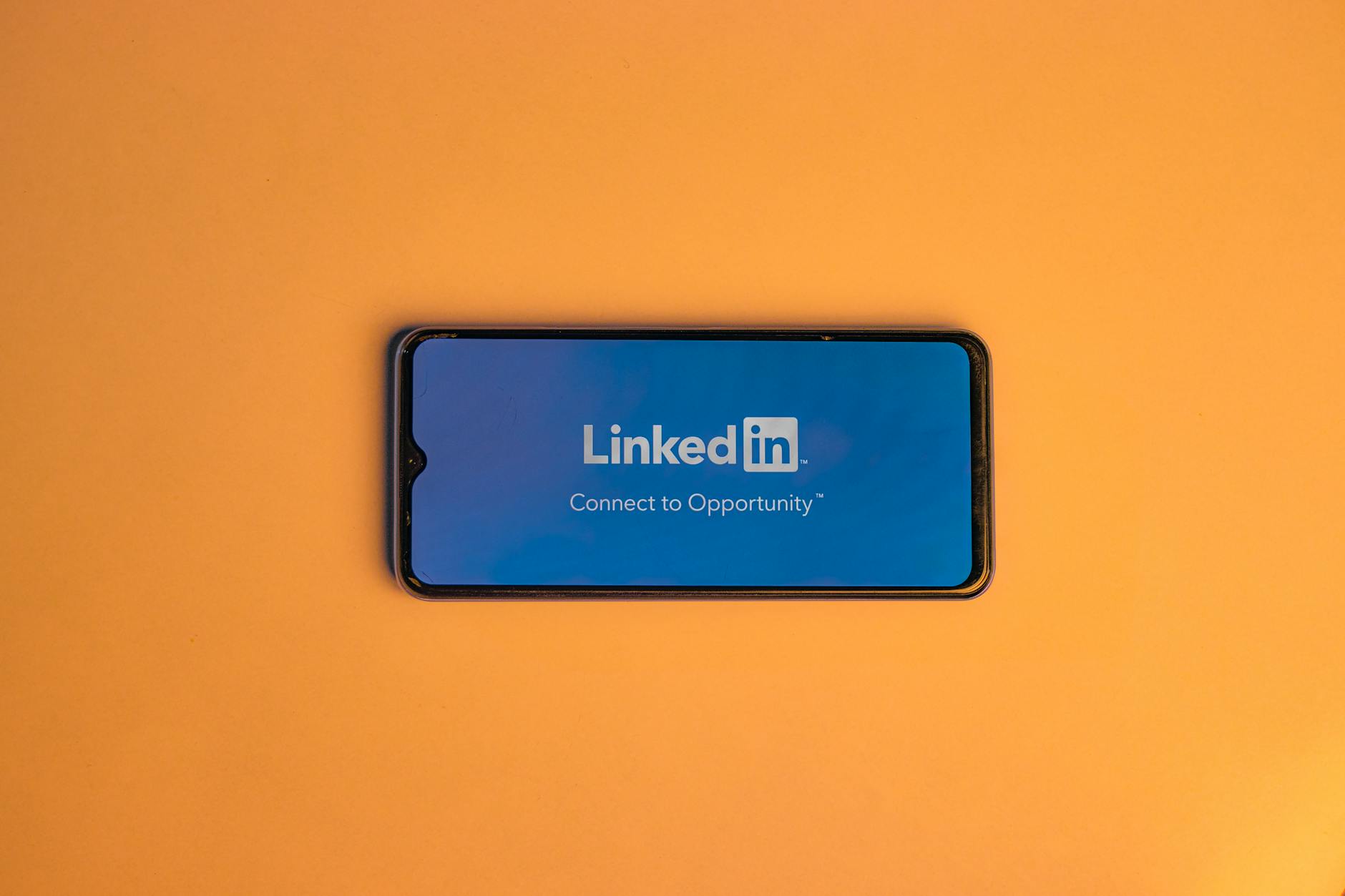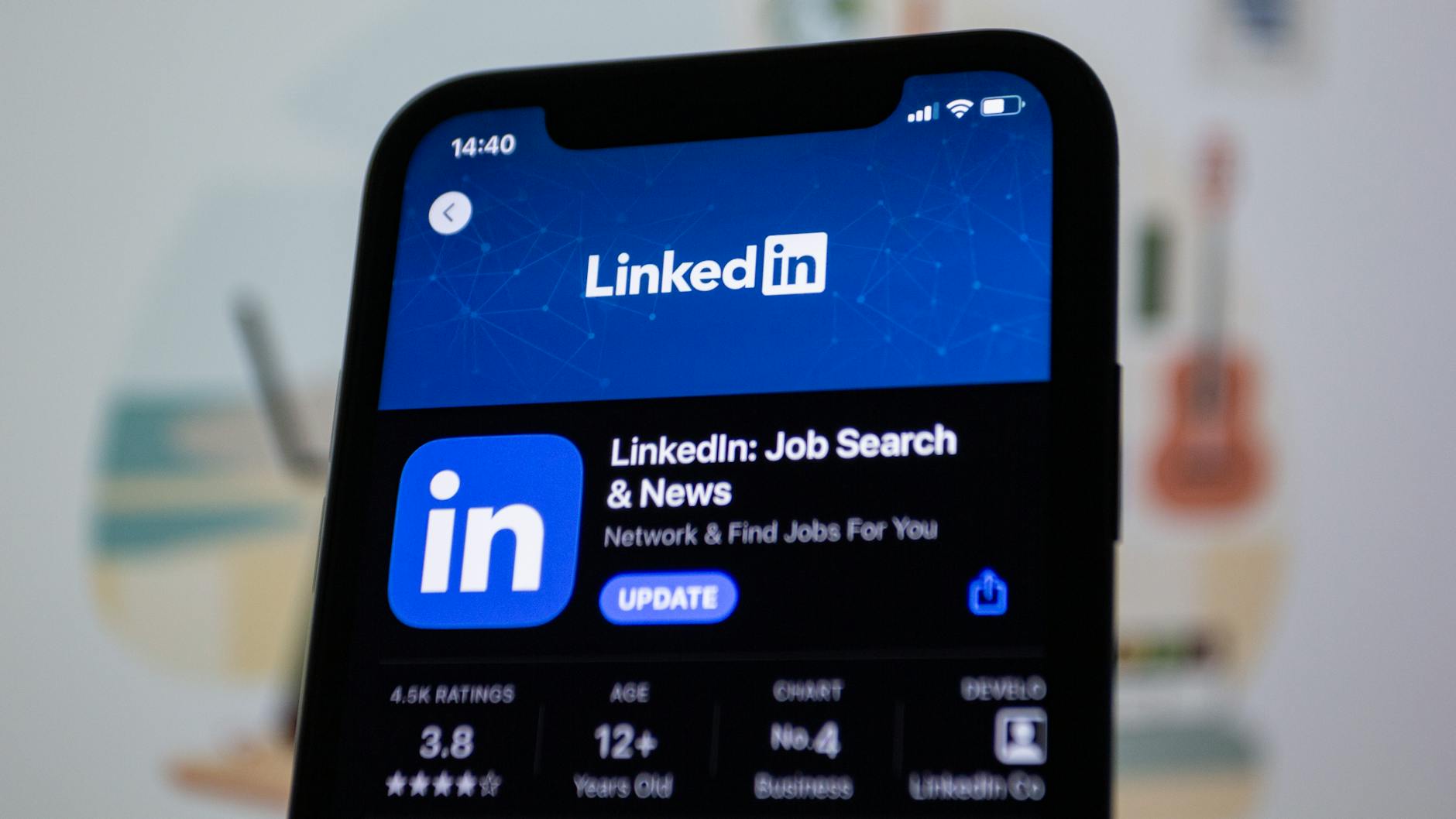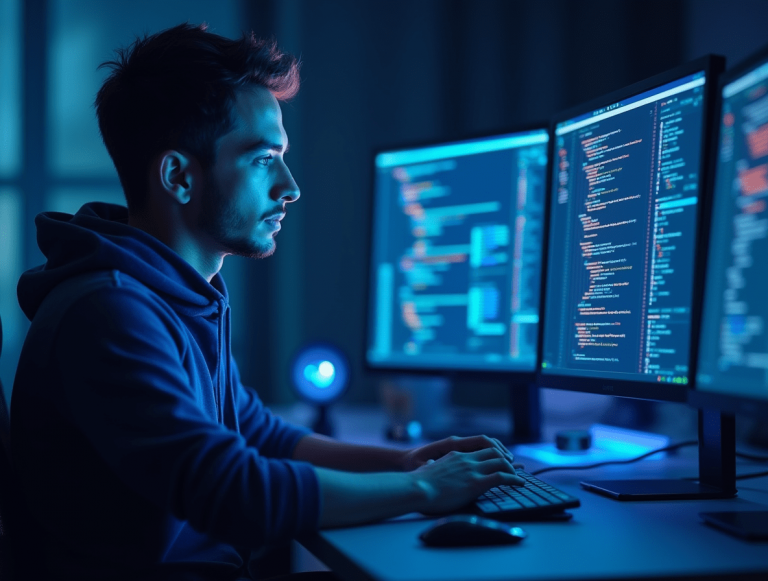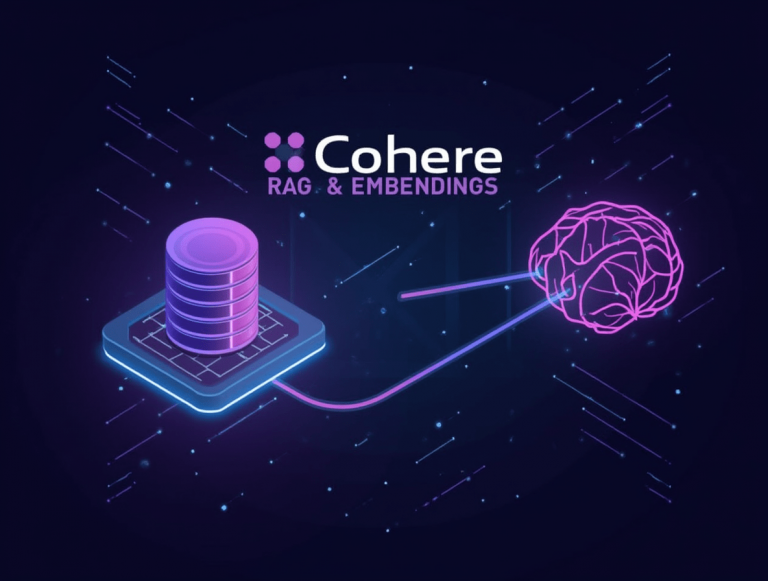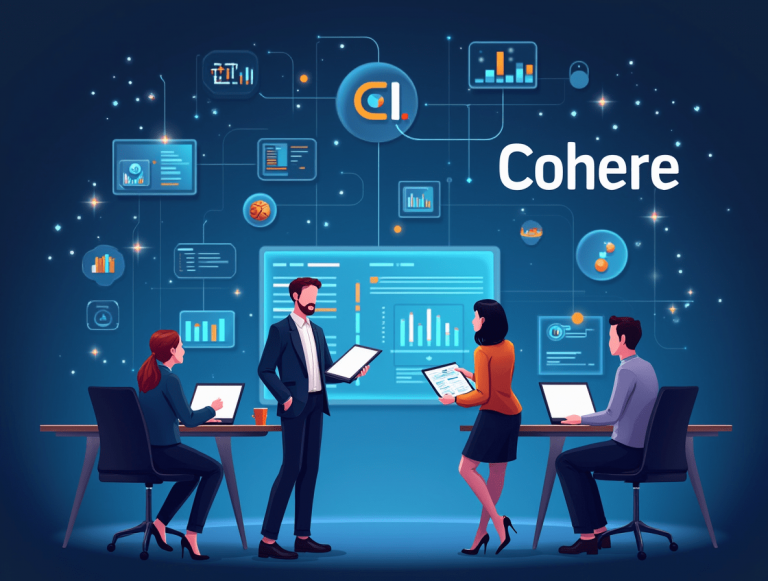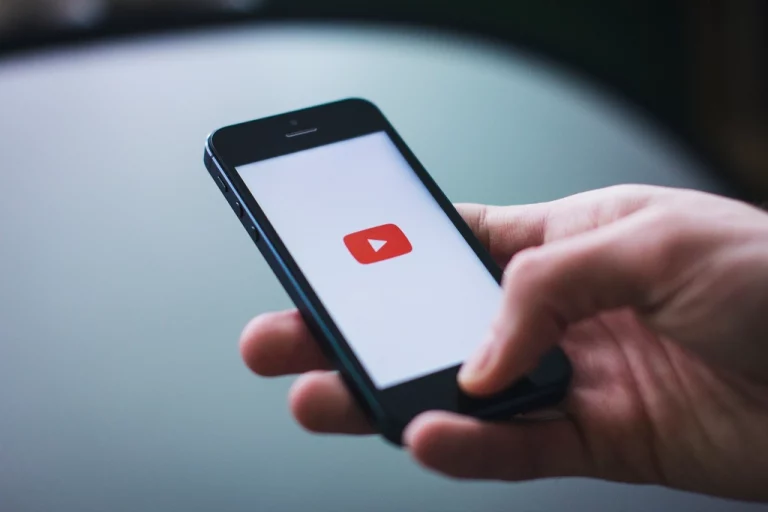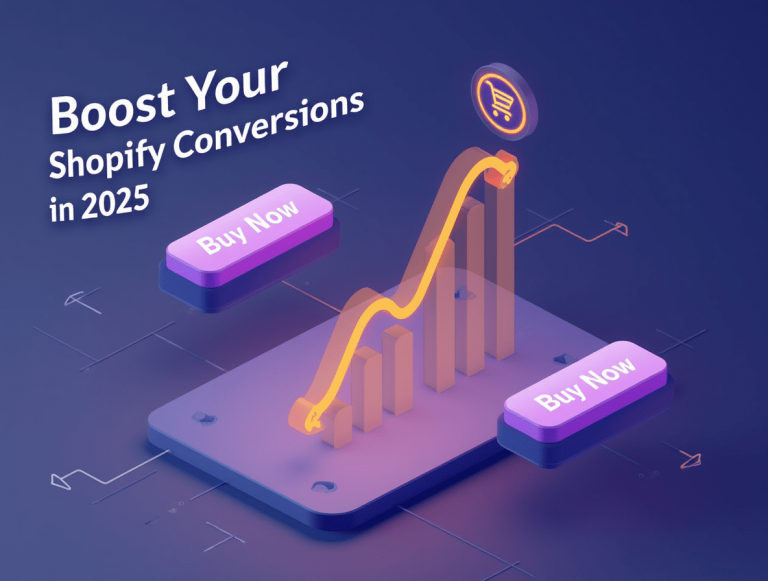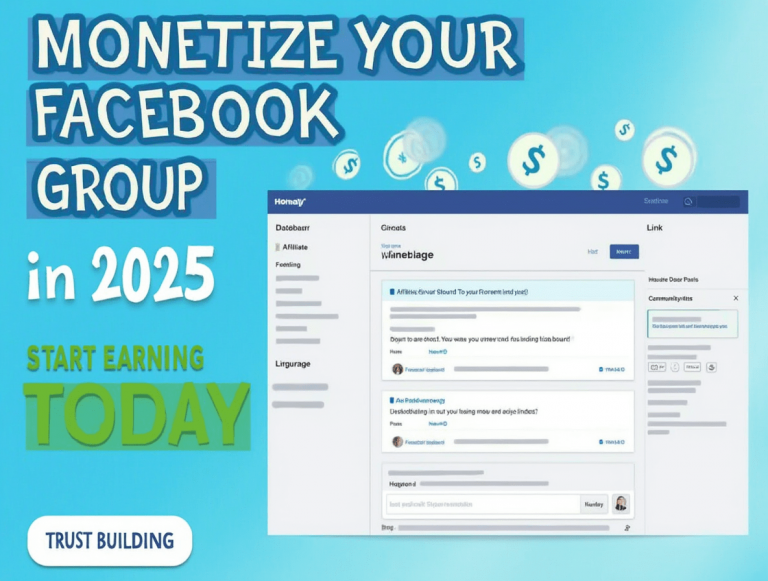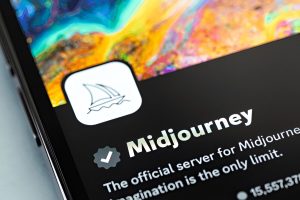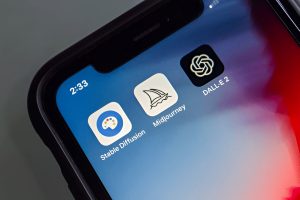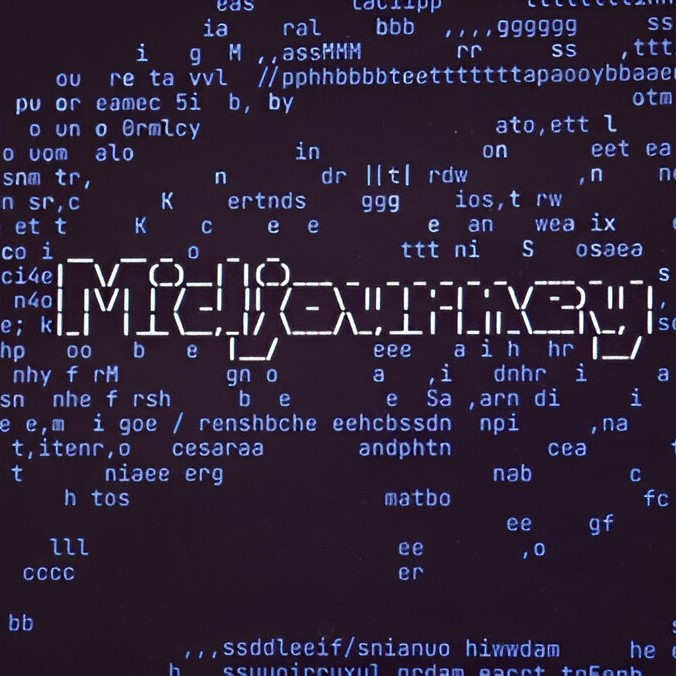
AI art has evolved rapidly, and Midjourney is leading the way in transforming digital creativity. With its ability to generate stunning visuals from text prompts, Midjourney is reshaping artistic expression, redefining creativity, and challenging traditional notions of art. But what does this mean for the future of art? Will AI enhance human creativity or replace it? This article explores Midjourney’s impact on creativity and the future of AI-generated art.
1. How Midjourney is Changing the Art World
1.1 AI as a Creative Assistant, Not a Replacement
Many artists fear that AI could replace human creativity, but Midjourney is more of an artistic tool than a competitor. It helps:
- Inspire new creative directions by generating unique visual concepts.
- Speed up the creative process by automating repetitive design tasks.
- Provide new textures, lighting, and artistic styles that artists can refine and enhance.
1.2 Expanding Artistic Possibilities
Midjourney enables artists to explore:
- Unconventional aesthetics that would be difficult to achieve manually.
- AI-assisted storytelling by generating mood boards and concept visuals.
- Creative collaborations between humans and AI in digital and traditional mediums.
2. The Role of AI in Artistic Innovation
2.1 AI-Generated Art in Commercial Design
Businesses and brands are leveraging AI-generated art for:
- Marketing campaigns with unique, stylized visuals.
- Product and fashion design to visualize futuristic concepts.
- Advertising and branding with AI-generated graphics.
2.2 AI in Film, Gaming, and Storytelling
Midjourney is widely used in entertainment industries for:
- Concept art for video games & movies.
- Storyboarding and visual development.
- AI-enhanced world-building for fantasy and sci-fi settings.
3. Ethical Concerns & Challenges in AI Art
3.1 Copyright & Ownership in AI Art
One of the biggest debates around AI-generated art is who owns the rights to AI-created images. Current issues include:
- Lack of clear copyright protection for AI-generated works.
- Potential misuse of AI-generated images without artist credit.
- Ethical concerns over AI training data sourcing.
📌 For more details, check out OpenAI’s AI Art Policy.
3.2 The Authenticity Debate: Is AI Art “Real” Art?
Critics argue that AI-generated images lack the human intention and emotional depth of traditional art. However, others see AI as a new medium that artists can master rather than a replacement for creativity.
4. The Future of AI Art & Creativity
4.1 The Rise of AI-Human Collaboration
As AI art tools advance, we may see:
- Hybrid art forms where AI assists human artists in real-time.
- New art styles emerging from AI experimentation.
- Artists integrating AI into their workflows as a co-creator.
4.2 AI in the Metaverse & Digital Worlds
AI-generated art is expected to play a major role in:
- Metaverse world-building & virtual reality design.
- Personalized AI-generated digital avatars.
- NFTs and blockchain-based AI art ownership.
Conclusion
Midjourney is reshaping the creative landscape by providing artists with powerful new tools for artistic expression. Rather than replacing traditional creativity, AI is enhancing innovation and enabling new forms of digital art. As AI art continues to evolve, the key will be to balance human creativity with AI-driven possibilities.
